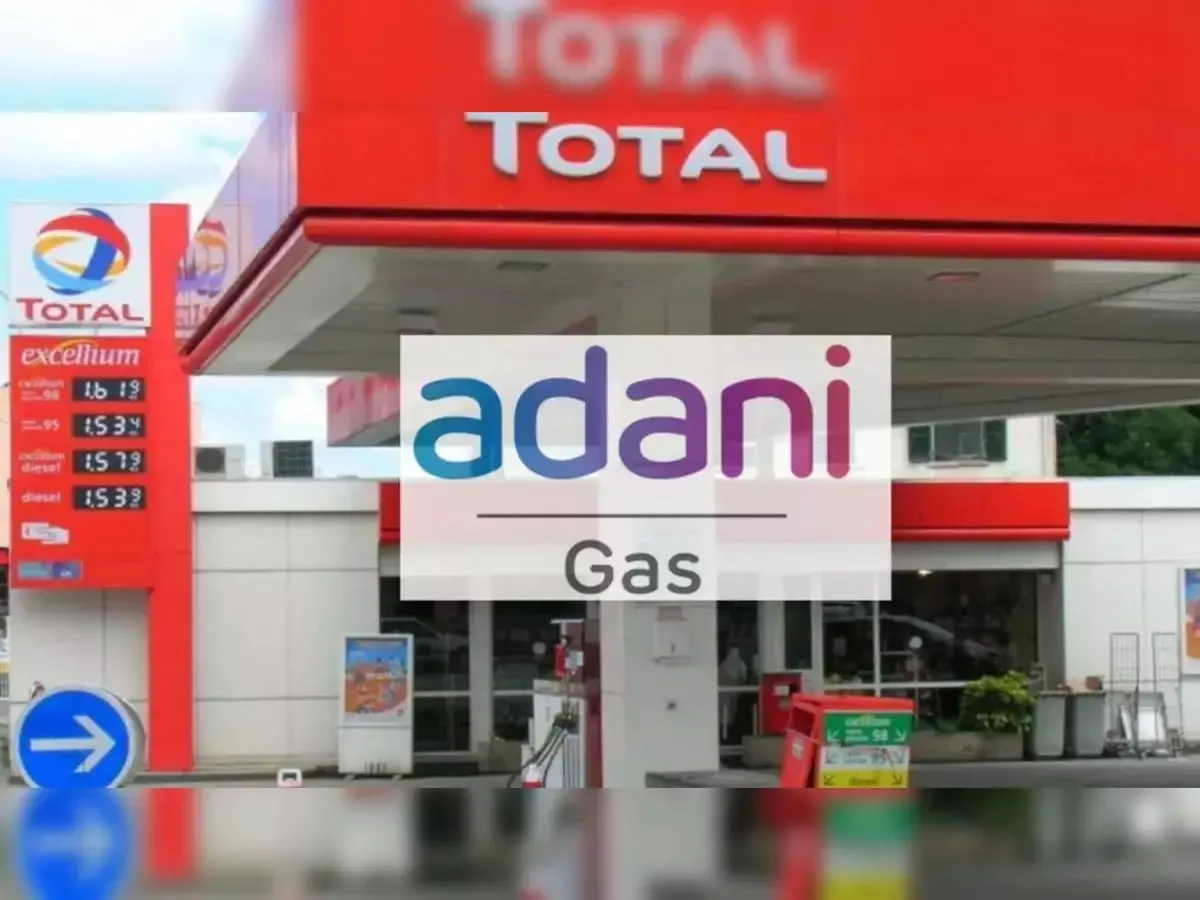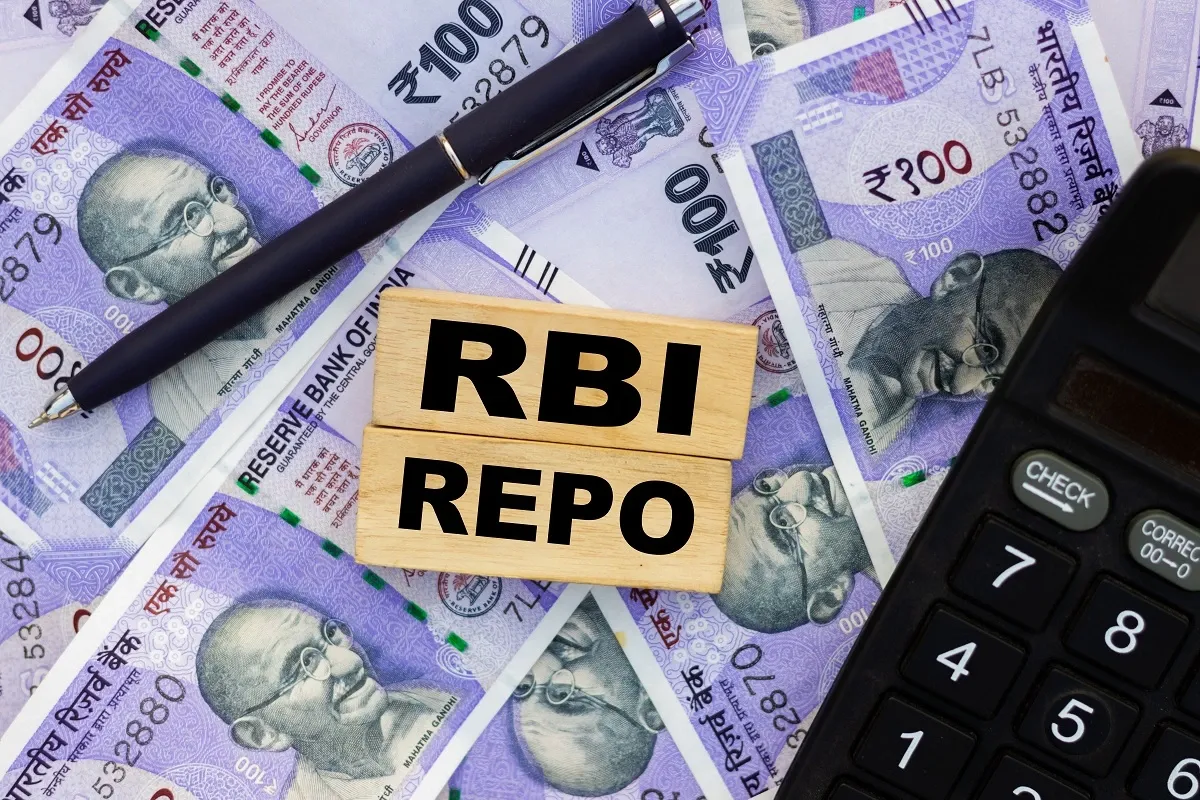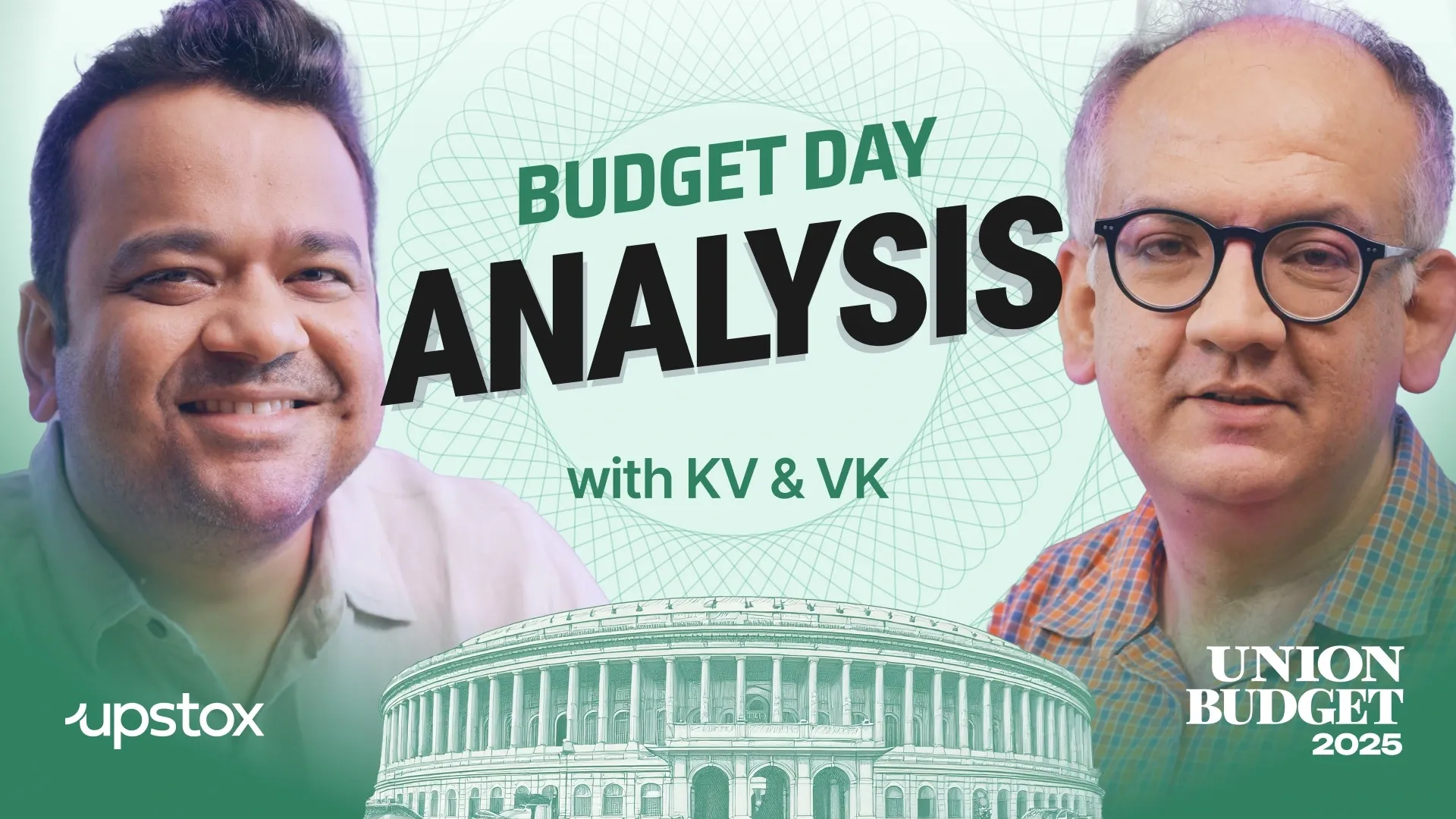Business News
Centre cuts gas allocation for LPG, diverts to city retailers IGL, Adani Total Gas

4 min read | Updated on January 03, 2025, 15:41 IST
SUMMARY
The government has reallocated low-cost natural gas from LPG production to city gas retailers like Indraprastha Gas Ltd and Adani-Total Gas Ltd to address CNG supply shortfalls and curb price hikes.

The move is expected to restore about 50% of lost gas volumes to city gas retailers.
The government had in October and November last year cut supplies of low-priced natural gas coming from old fields such as Mumbai High and Bassein fields in the Bay of Bengal, to city gas retailers by as much as 40 per cent in view of limited output.
This led to city gas retailers hiking CNG prices by Rs 2-3 per kg and threatening more increases as they replaced lost volumes with higher-priced input fuel.
The price hike made CNG less attractive when compared to alternate fuels like diesel. To resolve this, the Ministry of Petroleum and Natural Gas in a December 31 order rejigged some allocations of gas produced from below ground and undersea.
The ministry ordered a cut in gas supplied to state-owned GAIL and Oil and Natural Gas Corporation (ONGC) for production of LPG and diverting those volumes to city gas entities.
Out of a total 2.55 million standard cubic meters per day of gas usage for LPG production, 1.27 mmscmd (0.637 mmscmd each for GAIL and ONGC) has been ordered to be diverted for consumption in the CNG/piped cooking gas segment in January-March quarter, according to the order reviewed by PTI.
GAIL and ONGC will have to use either higher-priced gas produced from new fields or rely on imported liquefied natural gas (LNG) to replace the lost volumes. The LPG they make is supplied to fuel retailers like Indian Oil Corporation (IOC) for sale to households as domestic cooking gas LPG in cylinders.
The government subsidises domestic cooking gas LPG and so higher cost of production is likely to be borne by it.
The ministry also ordered pro-rata allocation of gas from new wells and earmarked ONGC's Ramnad field for the city gas sector, which will make available about 1.7-2 mmscmd of gas to city gas retailers, according to the order.
Two officials aware of the matter said the allocation regij may take a couple of weeks and city gas retailers are likely to get increased supplies from mid-January.
In two allocation cuts, the government had reduced supplies of domestically produced gas to city gas retailers by 5-5.25 mmscmd. Half of this is being immediately restored and more will come once the gas from Ramnad field and new wells flows.
City gas retailers IGL, which retails CNG to automobiles and pipes natural gas to households for cooking purposes in the national capital and adjoining cities, Mahanagar Gas Ltd that does the same in Mumbai, and Adani Total Gas Ltd which operates in Gujarat and elsewhere, had in regulatory filings flagged profitability concerns due to the October/November supply cut and hinted at price hikes.
A part of the price hike was implemented in November/December and more was said to be in the offing.
Natural gas pumped from below the ground and from under the seabed from sites ranging from the Arabian Sea to the Bay of Bengal within India is the raw material that is turned into CNG for sale to automobiles and piped cooking gas to households.
Production from legacy fields, called APM gas and whose price is regulated by the government to feed city gas retailers, has been falling by up to 5 per cent annually due to the natural decline that has set in. This had led to supply cuts to city gas retailers, officials said.
While the input gas for piped cooking gas that households get is protected, the government has cut supply of raw material for CNG. Gas from legacy fields used to meet 90 per cent of the demand for CNG in May 2023 and has progressively fallen. The supply was cut to just 50.75 per cent of the CNG demand beginning October 16, 2024, from 67.74 per cent in the previous month. It was further reduced beginning November 16, 2024.
While the APM gas is priced at USD 6.5 per million British thermal unit, the gas produced from new wells is priced at about USD 2 more.
About The Author
Next Story

